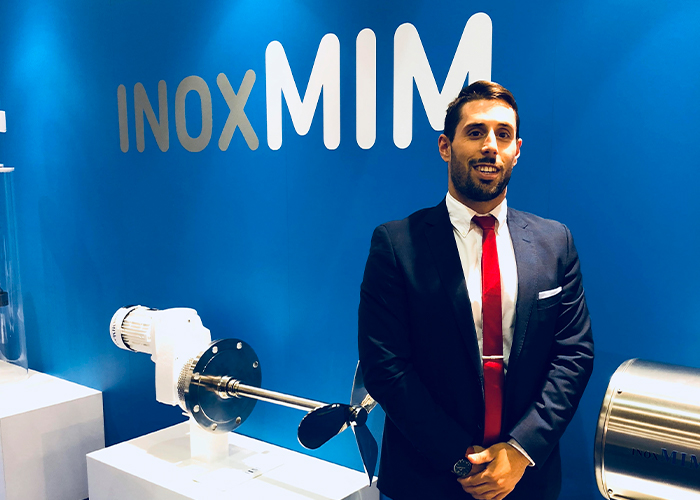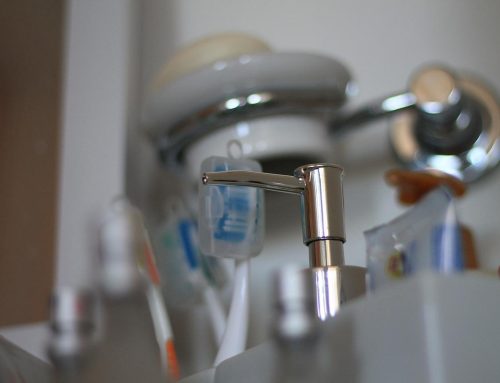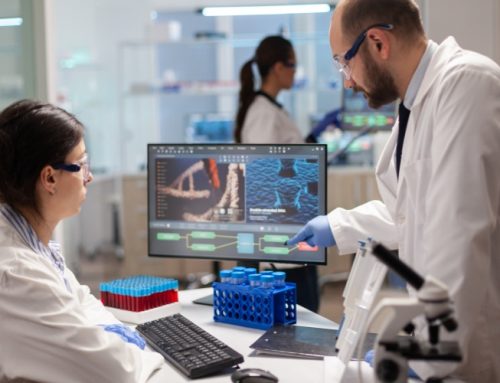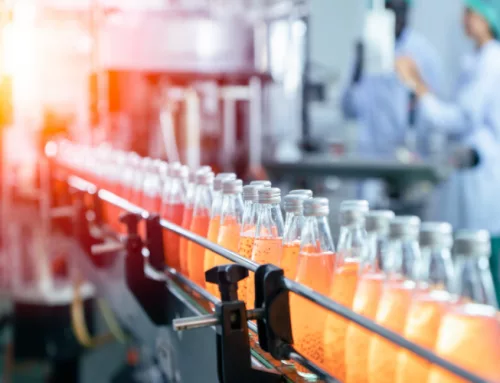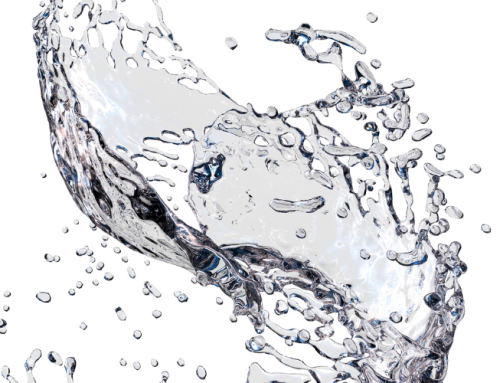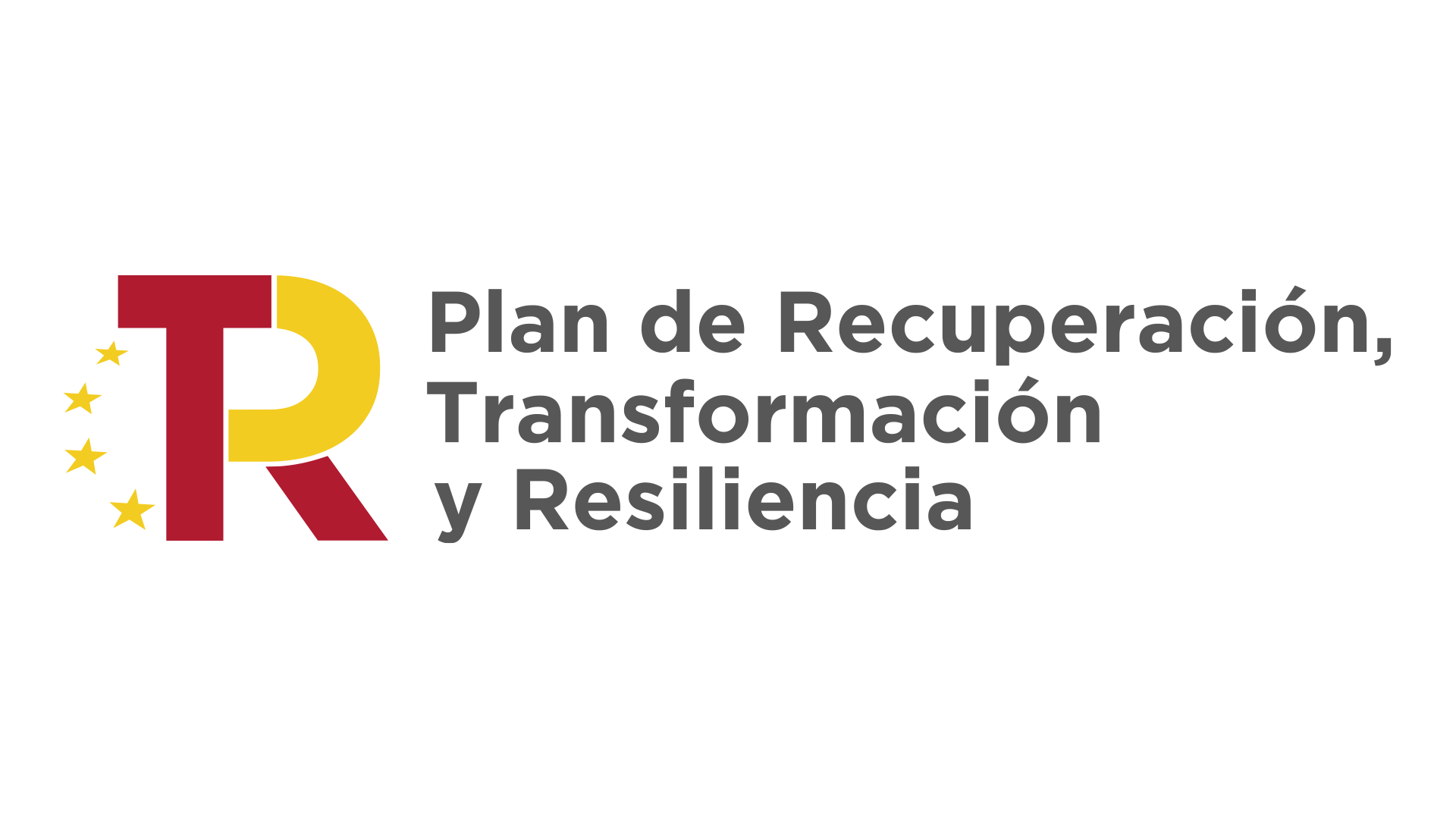Today we chat with Albert Moreno, commercial director of the company, to give him an interview about the evolution of a company with InoxMIM, with a trajectory of more than twenty-five years, developing all kinds of agitation and mixing machinery for the process industry.
1- Good morning Mr. Albert, to contextualize the readers a little better, I would like you to tell me a little about the origins of a company like yours. How and when did it all start at InoxMIM?
Twenty-five years ago, it was in 1997, when InoxMIM began manufacturing machining parts for components that are used in agitation equipment, also in pumping equipment, and other industries. Progressively, the demands we received and the nature of our customers meant that we manufactured more and more agitation components.
We were acquiring even more knowledge about the manufacture of these elements until one day we decided to take the step. We ask ourselves: “If we are manufacturing components, and we are helping other manufacturers to develop, learn and improve, why don’t we take the step and dedicate ourselves to creating our own range of products? Why don’t we go from making small components and parts of a team and going on to creating whole teams?” And so it was.
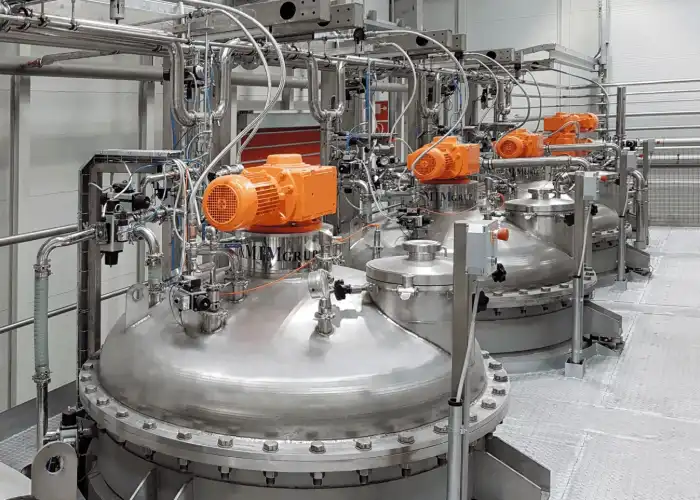
The first step was to start manufacturing agitators, which are components a priori simpler because of the number of elements they carry. Furthermore, because they do not require a custom foundry or specific design, but hydraulically each manufacturer is free to make its own development. In addition, it is not required to produce large quantities, or moulds, but you can work it more freely according to your knowledge and skill. In this way, we begin to face our range of agitation. And, after a couple of years, we started working with our range of centrifugal pumps. Obviously, during all these years there has been an evolution in optimization models. Little by little we have been working on the development of this range of products until eight years ago, more or less, it was when we got fully into the third range of current products, which is the subject of engineering solutions, with complete solutions from manufacturing kits to parts of lines.
2- Could we say that, at the beginning, you were focused on the food industry and have been incorporating other industrial profiles in your target?
In our beginnings, the product we made at InoxMIM was mostly related to food, the chemical industry and heavy industry. Our evolution has consisted of specializing and creating a range of agitators and pumps of better quality and design.
We have been moving forward, focusing above all on the issue of pumping, which is what defines us today and allows us to stand out in the field of food and cosmetics. We could say that our strong point is agitators for the fine chemical industry, such as pharmaceuticals, food, cosmetics, or water treatment.
3- As you have been specializing in the manufacture of agitators for this type of industry, you must have incorporated very specific professional profiles, right?
We have been growing little by little and since our beginnings we have incorporated professional profiles from the engineering sector. From 2000 we created the figure of the head of engineering, who became responsible for the design and quality control required, for example, ISO 9001.
Currently, our team consists of about forty people, in addition to the auxiliary external companies with which we work. Our technical department is composed of engineers who are dedicated to the manufacture of customized solutions, design, optimization, and verification of these. In addition, we have automation managers, who are responsible for electrical panels and equipment automations to be able to provide a complete service.
That would be in terms of manufacturing, but we also have a commercial department that is responsible for selling our products in different markets.
4- You have commented that you manufacture customized solutions, what exactly does this process consist of?
Eight years ago, we started optimizing our tailor-made solutions. At that time, we decided to standardize the models of equipment we manufactured to make it easier to identify the characteristics of this equipment and thus define which of them is suitable for a specific company. We start with heat treatment equipment, those that preheat, cool and pasteurize.
5- Heat treatment is a complex process, could you explain why?
Once you have a finished product, you need to guarantee that it will be safe for human consumption over time. Hence, precisely, the existence of expiration dates. For this reason, pasteurization processes are carried out: to ensure that bacteria will not grow and that the milk can be on a supermarket shelf for a few months with optimal quality.
When at InoxMIM we standardized pasteurization equipment, we did so thinking about creating machinery to pasteurize all kinds of liquids, such as beer or orange juice, and even liquids with solids. Once the heat treatment corresponding to pasteurization has been carried out, it is necessary to clean this equipment perfectly. From InoxMIM, to respond to this need, we design our CIP equipment, which guarantees optimal cleaning.
6- From what you are explaining, you have delved into the subject of pasteurization and offer some equipment related to this process.
Our pasteurization equipment has the HTST-HIGH Temperature Short Time technology, which allows us to obtain hygienic conditions to be able to work with temperatures of up to 95 degrees and stabilize the product one.
With this equipment, for example, we can apply a heat treatment to the milk that allows us to kill all the bacteria and adapt it to the product you want to make. Milk for human consumption is pasteurized at a very high temperature for about 20-30 seconds and then cooled quickly. On the other hand, in the case of yogurts, milk must be kept at a high temperature for more than twice as long. In the case of cheese, the pasteurization conditions have to be each other. In short: depending on the type of product, a certain temperature must be applied for a specific time and, with InoxMIM pasteurization machines, this is possible.
7- When a customer contacts you, what kind of accompaniment do you offer until the purchase materializes?
Well, in the case of the equipment, we have standardized, the process is basic. In each model, the capacity, flow, density, etc. are defined, and that makes the choice much easier. When it comes to more complex requests, in the sense that they need agitators or pumps, we offer them an accompaniment that consists of putting on the table all those questions that customers, a priori, do not ask, to make sure that their choice is the right one.
On the other hand, if a customer asks us for a fuser or a complete reactor, the purchase process is delayed, since there are many hours of assistance and calls before specifying the design of the appropriate model to proceed to manufacture it.
8- From what it explains, you offer high-performance machinery to very specific sectors. In today’s market, few companies offer that degree of specialization, does that make it easier for you to open a market abroad at a business level?
For years, international expansion has entered the business plans of our company. At the end of the 2008 crisis, our market was 80% national. In that context, we, and many other companies here, found ourselves in a situation in which internationalization was unquestionable. We made the reflection of “we have a quality product that works, why not sell it abroad”. Then we started selling it in the French market and from here in more distant countries such as Eastern Europe, Australia, Vietnam or Asian countries.
We have been working in the direction of internationalizing our products and, today, we can affirm that the French, Portuguese, and South American markets represent an important part of our sales.
9- What is the South American market like?
In InoxMIM we have a subsidiary in Chile and that allows us to have a very specific vision of the South American market. It is a market very sensitive to current crises and changes. In this sense, the behaviour and regularity of sales fluctuates depending on the socio-economic situation of the country. That also complicates the definition of a long-term implementation strategy there.
10- The future of InoxMIM, what markets does it go through?
Our future lies in continuing to work on our current product ranges, which are 100% European in manufacture. This allows us to have shorter lead times than some of our competitors and, therefore, is a competitive advantage for InoxMIM. The fact of not depending on products that come from factories in Taiwan, China, or India is beneficial to us and allows us to enter markets in which it was previously difficult for us to do so. We not only sell high-quality machinery, but we also sell fast deliveries.
We would like to be able to enter solidly into markets such as Italy. This market is the third most important at European level. The second is the French, in which we are already working and, if we manage to add the Italian, we would be able to approach the European leadership as manufacturers of this type of machinery. And not only that, but we could double the current turnover.
